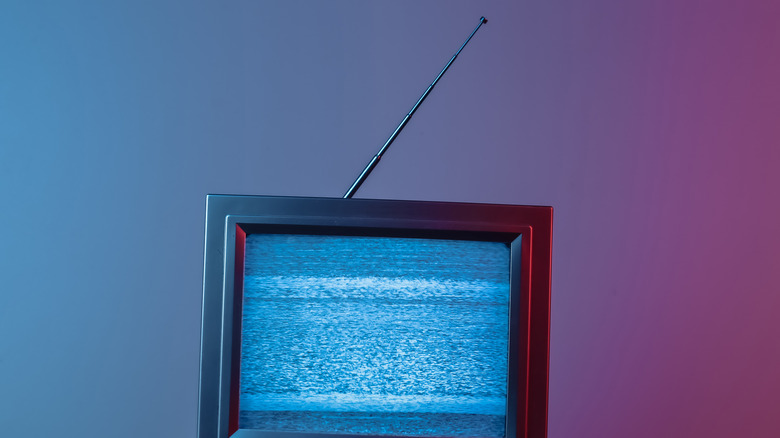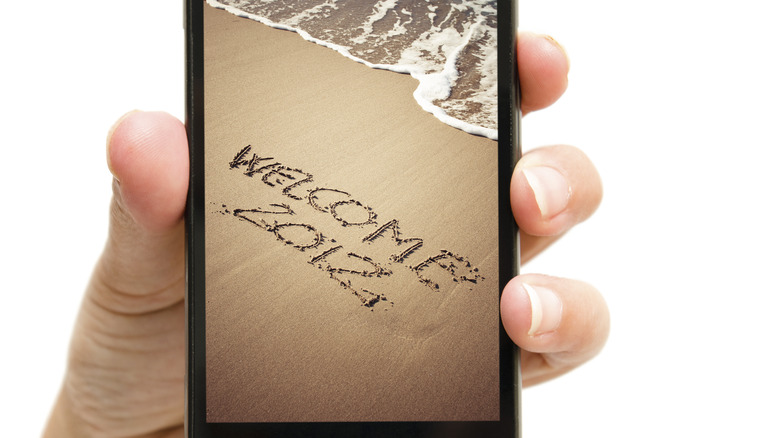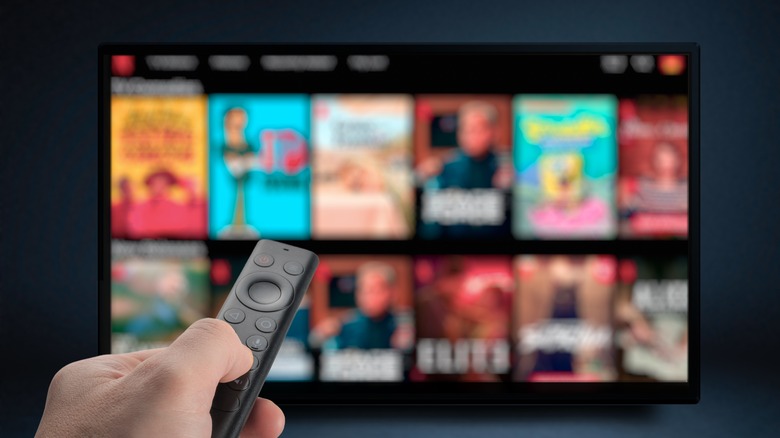Aereo: How The Internet TV Company Got Shut Down By The Supreme Court
In today's streaming-dominated world, the idea of watching live TV on your phone or computer is well-settled territory. Services like Pluto, Sling, and Fubo offer regular schedules of shows on smart TVs and other internet-connected devices, just like the old days. Meanwhile, traditional cable is gradually on its way out. While this has become a dominating paradigm now, though, the concept of watching live TV online has actually been floating around for at least a decade.
One company that tried to make the concept happen well before its current popularity was Aereo. With a simple equipment rental, Aereo's service allowed users to watch live, over-the-air broadcasts on connected devices, the same way you would with a rabbit ear antenna. However, because the rules of the streaming world had yet to be dreamed up, Aereo found itself firmly outside the good graces of the cable industry and, eventually, the United States Supreme Court.
Aereo's services
The year was 2012. Digital streaming was in full swing, with Netflix having supplemented its DVD delivery service with the streaming format a few years beforehand. However, while streaming services were quickly blooming, they were still firmly in the realm of video-on-demand. You could watch what you wanted when you wanted, but if you wanted traditional live TV, you still needed cable. This was what Aereo sought to change.
Originally launching in the northeastern United States, Aereo's gimmick was a huge warehouse full of servers lined with tiny TV antennas. Users could log onto Aereo's service, at which point they'd be assigned one of these antennas, which could be used to pick up traditional OTA broadcasting. Users could not only watch this programming on any internet-connected device but even record it on a server-side DVR for later viewing.
Initial response to Aereo's concept was fairly positive – users could tune in whenever they liked and didn't even need a cable subscription to watch their favorite live shows. Unfortunately, the National Association of Broadcasters weren't fans.
Aereo's legal battle
Aereo ran afoul of the National Association of Broadcasters only a few weeks after its initial rollout. The coalition of major television networks argued that they had not been consulted or paid for their content to be broadcasted in this manner, which they claimed was tantamount to theft. Multiple smaller networks joined in on the criticism, as well as major sporting institutions like the NFL and MLB.
Aereo's primary legal defense was the precedent set by the 2008 Supreme Court ruling in favor of Cablevision, the company that created the first remote-storage DVR systems. According to Aereo, if it was legal to store DVR'd programming in a remote location, then its approach to remote broadcasting was effectively the same thing. As for the issue of licensing and royalties, it was Aereo's stance that the users were picking the shows, and it just rented out equipment, much like renting a traditional TV aerial, so it was under no obligation to pay the networks.
The NAB attempted to sue Aereo, but Aereo won out in a Second Circuit appeals court in New York. The matter gradually escalated over the following months until it eventually reached the United States Supreme Court. Confident in its cause, Aereo encouraged the Supreme Court to hear the case so the air could be cleared once and for all. Unfortunately, this had the opposite effect.
Aereo's dissolution and legacy
The Supreme Court voted against Aereo with a 6-3 ballot, awarding the cable networks a decisive victory over the service. While the Court wanted to uphold the Cablevision ruling, the simple fact of the matter was that Aereo's defense was made up of technicalities and coincidences and wasn't strong enough to definitively prove its case.
With its legal standing dismantled, Aereo was not long for this world. In June of 2014, not long after the Supreme Court's decision, Aereo temporarily suspended its services, and a mere five months later, the company filed for bankruptcy and left the public eye.
Onlookers were concerned about this turn of events because it set a bad legal precedent for the burgeoning cloud-based entertainment sector. However, if the modern paradigm indicates, it didn't affect much. Streaming TV is alive and well, albeit with pre-programmed and preapproved shows and schedules from the major networks.
Perhaps Aereo was just a bit too ahead of its time. Had it been released today, it probably would've fit right in with the other streaming services. Provided, at least, it was willing to pay licensing to the networks.



